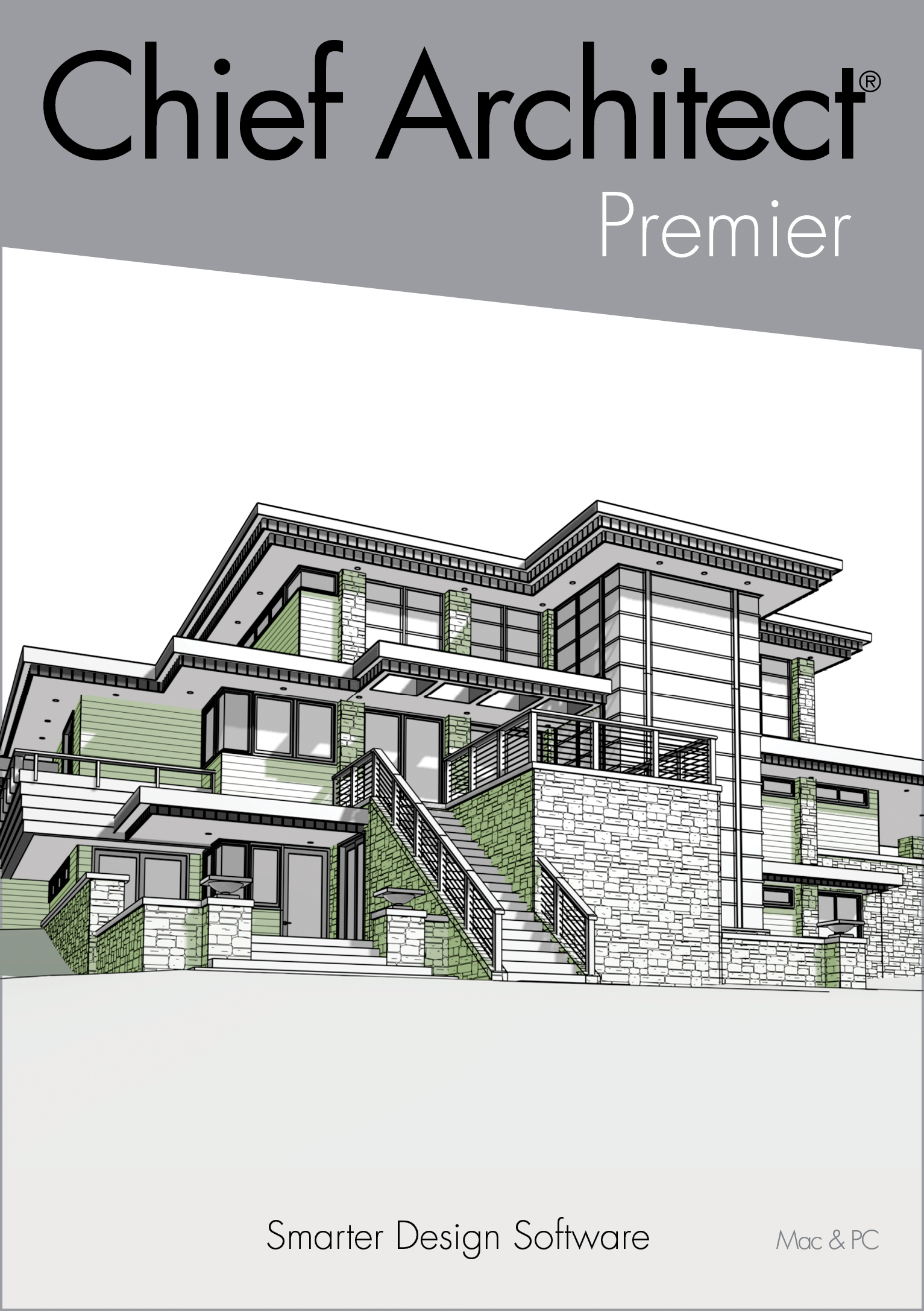

To celebrate the opening of the stadium, Sunderland played a friendly against the Dutch side Ajax, which was drawn 0–0. The stadium was opened on 30 July 1997 by Prince Andrew, Duke of York, with bands such as Status Quo, Upside Down and Kavana playing. Game being played at the Stadium of Light The stadium's design allows possible expansion of a further tier completed expansion of the whole upper tier would produce a capacity of 63,000, although it is believed by some that the stadium can expand to a maximum capacity of 84,000, this would seem unlikely ever to be exercised. The capacity was revised again in early 1997, and the stadium was completed on time, with a capacity of 42,000.


In June 1996, as the planned capacity rose to more than 40,000, construction work began. īallast Wiltshier plc, a contracting company that had built the Amsterdam Arena, was contracted to build the stadium at an initial cost of £15 million. On 13 November 1995, the Sunderland chairman Bob Murray announced that the Tyne and Wear Development Corporation had approved plans for Sunderland to build a 34,000-seater stadium on the Monkwearmouth site. However, it soon become clear that a new stadium in Sunderland would not be ready in time for the tournament. In 1993, Sunderland's planned new stadium was on the shortlist for Euro 96 venues, as England had been named as hosts of the competition in May 1992.

The area, on the north bank of the River Wear in the Sheepfolds district of Sunderland, was only a few hundred yards from Roker Park, and close to the centre of the city. By 1995, the site of the Wearmouth Colliery, which had closed in December 1993, was identified as the club's preferred location for a new stadium. Shortly after the plans were announced in 1992, Nissan launched an official objection, ultimately forcing Sunderland to abandon the idea. The 49,000 all-seater ground was labelled "the Wembley of the North" by Sunderland fans and would boast a capacity that not even Manchester United's Old Trafford exceeded until 1996. The front-runner that emerged was a proposed stadium located on an area of land adjacent to the Nissan car plant. So, by 1991, Sunderland chairman Bob Murray had started to scour the local area for possible sites to build a new all-seater stadium. Enclosed by residential streets on all sides, expansion was practically impossible. Roker Park was a ground that mainly consisted of standing terraces, and if converted into all-seater it would have held far fewer spectators than before. The ground also holds conference and banqueting suites, the Black Cats Bar, and a club shop selling Sunderland merchandise.įollowing the release of the Taylor Report in January 1990, Sunderland was obliged to make plans to turn their Roker Park home into an all-seater stadium. Along with hosting football matches, the stadium has played host to performers such as Beyoncé, Rihanna, Oasis, Take That, Kings of Leon, P!nk, Coldplay, Spice Girls and Elton John. The attendance record at the Stadium of Light is 48,353 set on 13 April 2002, when Sunderland played Liverpool with the visitors running out 1–0 winners. Its simple design is apparently to allow for redevelopments up to a capacity of 64,000. With an original capacity of 42,000, it was expanded in 2000 to seat 49,000. Īs well as hosting Sunderland games, the stadium has hosted three matches for the England national football team, as well as an England under-20, an England under-21 and an England women's team match. A Davy lamp monument stands at the entrance to reflect the coal mining industry that brought prosperity to the town. The stadium was named by chairman Bob Murray to reflect the coal mining heritage of the North East and the former Monkwearmouth Colliery site on which it stands. The stadium primarily hosts Sunderland A.F.C. With space for 49,000 spectators, the Stadium of Light is the ninth largest football stadium in England. The Stadium of Light is an all-seater football stadium in Sunderland, England, and the eighth and current home to Sunderland A.F.C.


 0 kommentar(er)
0 kommentar(er)
